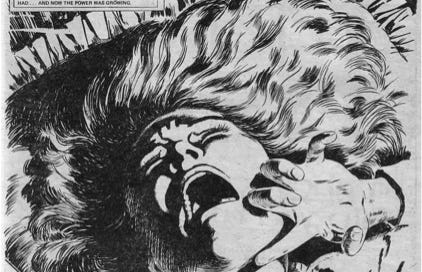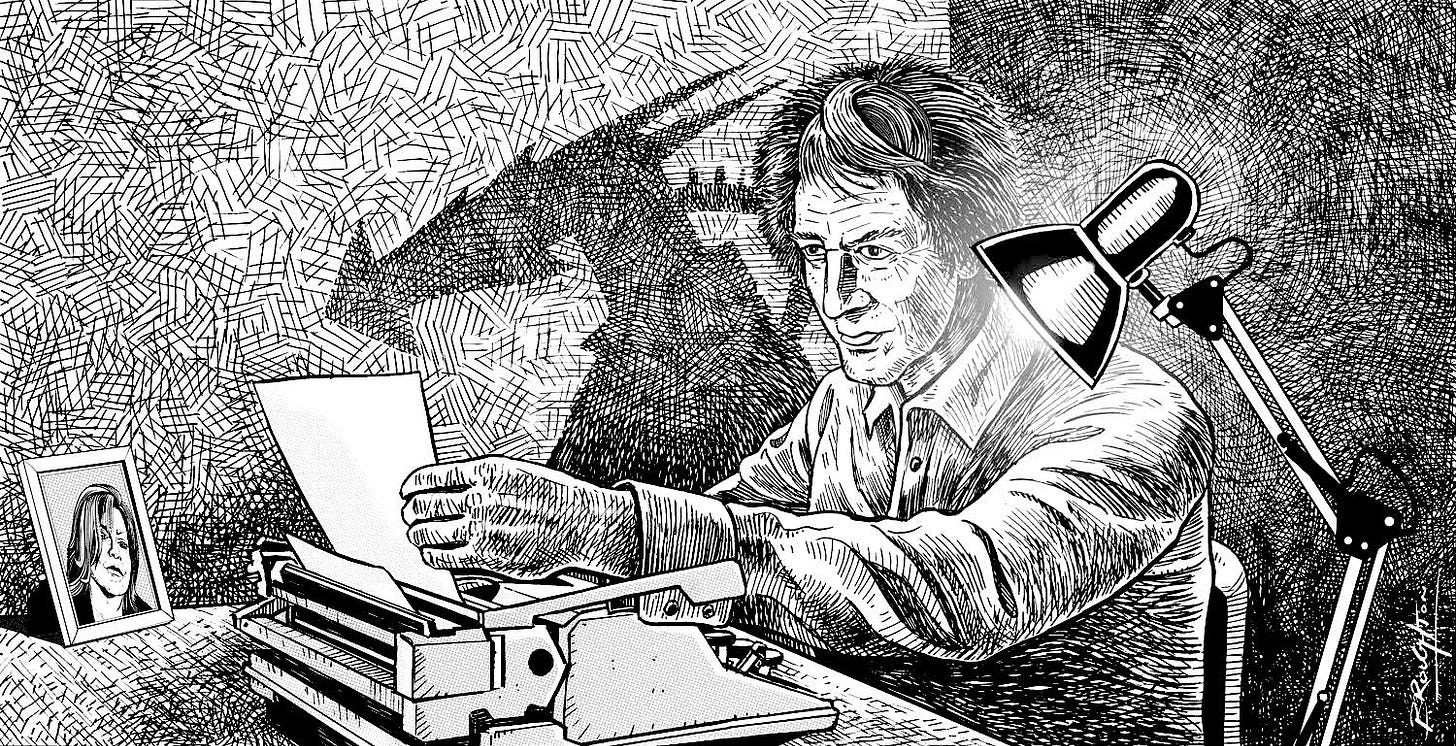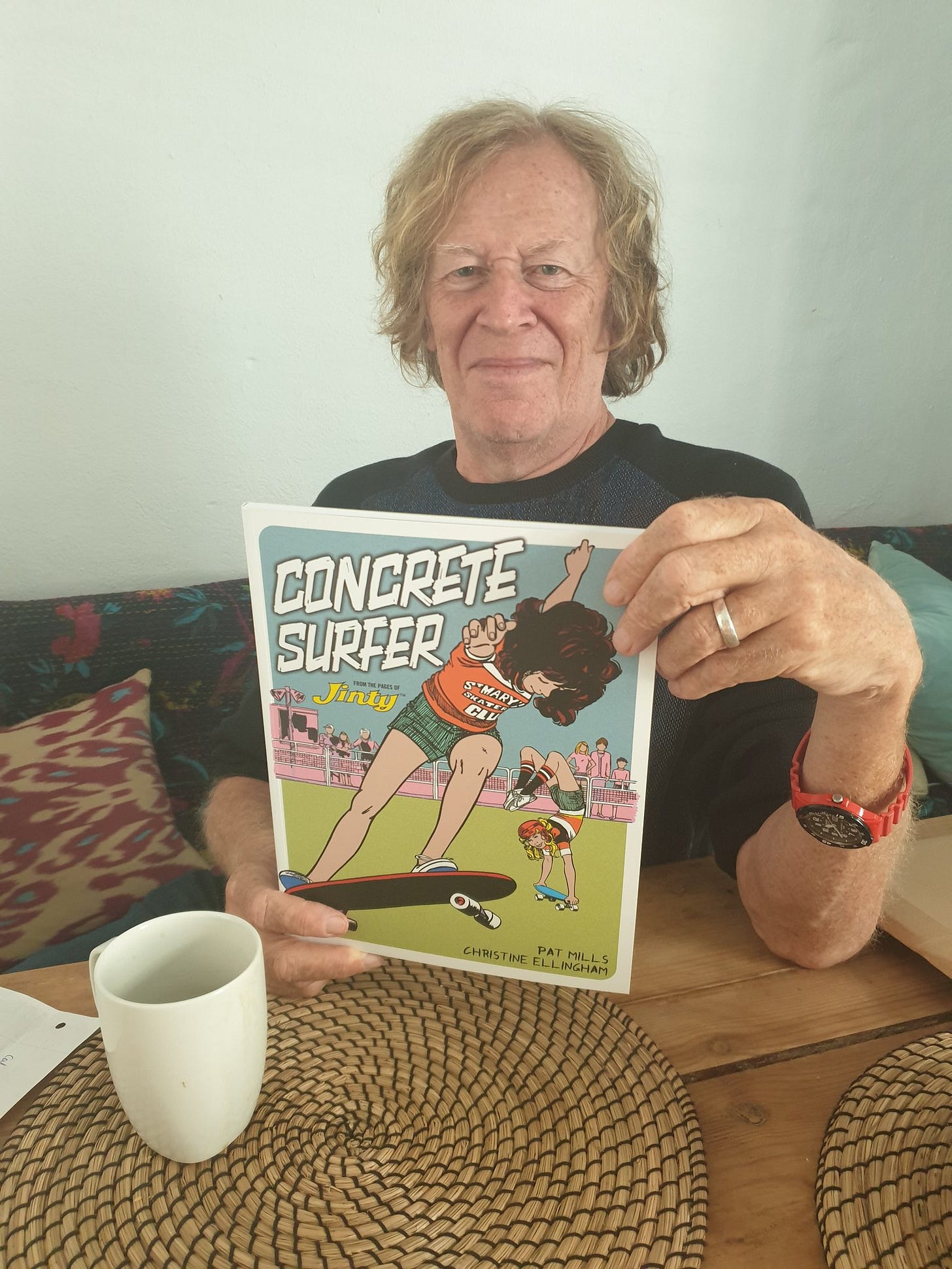Pageturners: Girls Comics Part 1
Writing them was a craft – usually learnt by trial and error – and I guess I’m concerned that the somewhat specialised knowledge of how they were produced could be lost.
Welcome to Pageturners, a book I’m writing in which I share what I’ve learnt – and am still learning – about comic writing, film writing, novel writing and how new writers can sell their stories. I’ll publish a chapter or a section per week, available for free here on Iconoblast. And I welcome your feedback or questions, so do leave a comment below!
Missed the Pageturners intro? Read it here.
Girls’ comics are tremendously important: they were hugely successful and previously outsold boys comics and could do so again. Tammy, for instance, once had a circulation of 250,000 per week, compared with 2000AD’s 200,000 copies per week. The success of girls comics in Manga format today shows their British potential.
Writing them was a craft – usually learnt by trial and error – and I guess I’m concerned that the somewhat specialised knowledge of how they were produced could be lost. The rules and the genres were very precise. They could easily be replicated today following the same story principles and tastes, which don’t really change over the years. They would include new technology – like smartphones, AI – and new subjects previously considered taboo, but otherwise the essential dramas remain the same.
The four key comics were Bunty, Tammy (which started the Comic Revolution), Jinty, with its powerful adventure and science fiction stories, and my Misty, which I partly based on 2000AD. There’s plenty of evidence that they still have a potential readership today. Misty and Jinty serials – including my Moonchild, Concrete Surfer, and Land of No Tears – have been reprinted recently by Rebellion.
Many still have an appeal and a relevance for modern writers and readers. So here’s a brief overview of the different categories. Editors would try and use as many of them as possible in every issue, always ensuring they had at least one ‘Cinderella story.’
CINDERELLA STORY
Little Miss Nothing by Alan Davidson in Tammy (1971) was hugely popular – equivalent in success at the time to Judge Dredd in 2000AD. It was the first of its kind and it was such a massive hit that it was meticulously studied and analysed by the editorial staff. They identified its vote winning ‘formula’ and then endlessly duplicated it with subsequent remarkably similar serials.
The story principle is the same on all of them: the heroine is badly put upon by her cruel stepfamily and obnoxious cousin and forced to do all manner of humiliating tasks because they tell her she’s worthless, she’s ‘Little Miss Nothing’. But she has a talent that keeps her spirits up and is finally recognised by outsiders. To achieve her dream, she usually finds a supportive adult, like a teacher, to help her and she is also supported by a close friend. The early Harry Potter books have much in common with these timeless principles.
Bella – the adventures of a working class gymnast – also followed this principle and consequently was the lead story in Tammy for many years with spin-off annuals. I’m delighted to hear Bella has recently been reprinted by Rebellion.
FRIENDS STORY
A similar important principle was the heroine’s desire for a friend. Thus in my Jinty serial, Girl in a Bubble, the protagonist is all alone in a plastic bubble because she has been told she has no immunity to disease. Then one day a girl from the local council estate breaks into the laboratory and eventually frees her from the sinister scientist who has been keeping her in the bubble so she can experiment on her. She’s finally found a friend. I think The Secret Garden was in the back of my mind when I wrote it.
BOARDING SCHOOL STORY
These were endlessly popular and still are, of course, as the Harry Potter novels prove. I think Angela Brazil’s novels started the genre over a hundred years ago. I’ve read one or two and they still hold up fairly well today. Then came Bunty’s The Four Marys, which ran for years.
It’s a fantasy, of course, because most real life boarding schools were and still are a nightmare. Boarding school survivor groups often complain bitterly about Harry Potter and co. putting a gloss on the reality. So there’s probably a case for a real life boarding school story, or even a real life reformatory. Paris Hilton – and other celebrities – have spoken movingly about going to boot camps for troubled teenagers. There’s got to be a great story there. How far it deals with sensitive issues like abuse depends on the age of the target audience and format. Arguably such stories would refresh the genre.
But whether it’s fantasy or grim reality, readers are fascinated by kids sharing a communal space with all the conflict and drama that’s likely to result.
The first girls’ serial John Wagner and I wrote was School of No Escape, which went down well with our audience in Sandie. We quickly discovered that the mystery was everything to our readers. Why was Miss Voor, the sinister new headmistress, lying? What was the secret in her study? What did she keep in the locked drawer of her desk? Who was the strange girl who suddenly appeared in the next bed in the dormitory? And where had the original girl gone? Needless to say the heroine uses the ubiquitous and timeless air ventilation shaft to sneak into Miss Voor’s study. It was even over-used back then as a story device – I remember John and I, always purists, feeling bad about using such a tired cliché - and that was years before Alien!
Readers loved it, though, so we tried doing male-equivalent mysteries in Battle, like The Terror Beyond the Bamboo Curtain and soon found that boys do not give a damn about mysteries! There are important gender differences in storytelling and this was one of them.
But Harry Potter, Vampire Academy and similar have shown a school story these days doesn’t have to be specifically just boys or girls. Same applies to a boot camp for troubled teenagers. There certainly used to be posh but tough boarding schools in the UK. And posh schools for girls who were ‘academically challenged’. I recall being aware of both and they have great potential for stories that offer great realistic drama, away from the fantasy genres. I’m sure the modern counterpart still exists, but I bet they keep a very low public profile!







Glad you liked Misty. Girls comics in the 70s had an edge which they possibly lost by the 80s. Manga seem to have filled the void where girls comics are concerned. The potential audience is still there, but no-one seems interested in making it happen.
I didn't find girls comics as exciting as boys comics in the 80's, like you say the boarding school ones and horsey ones were most popular which I found quite boring! I loved Scream though and Misty and all the older funnies like Whizzer and Chips, Beano, Dandy, Cor etc! My friends at school used to read Bunty and Judy (that brings back memories) while I was reading 2000ad! Sadly I don't know anyone of the younger generation who reads comics now and I have a 14 year old daughter! :(